Skip over navigation
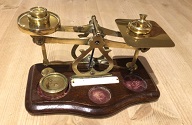
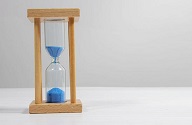
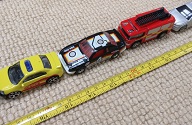

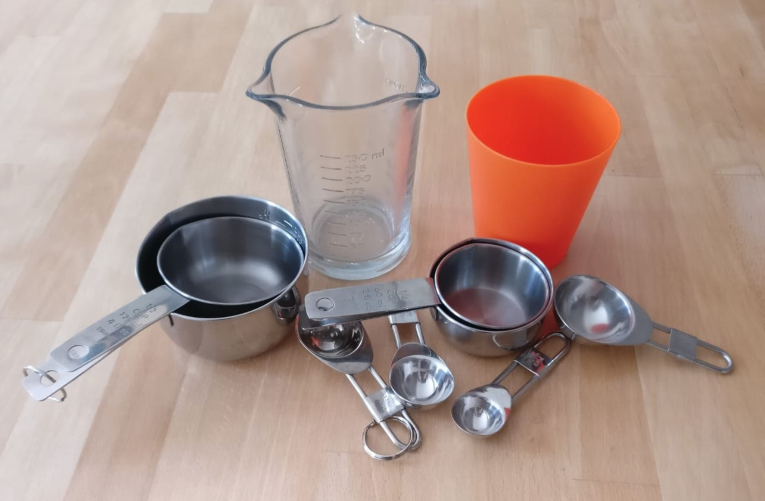
Children often count actions and see if they can do things more quickly.
Adults could time children's activity for a minute and suggest things to do.
Or search by topic
Number and algebra
Geometry and measure
Probability and statistics
Working mathematically
Advanced mathematics
For younger learners
Beat the Clock
Age 3 to 5
Children use everyday language to talk about time, to compare quantities and to solve problems





Children often count actions and see if they can do things more quickly.
Adults could time children's activity for a minute and suggest things to do.
The Activity
Set a timer for a minute (or half a minute) and count how many actions the child can do in that time, such as star jumps, hops, or writing their name.
Set a timer for a minute (or half a minute) and count how many actions the child can do in that time, such as star jumps, hops, or writing their name.
Encouraging mathematical thinking and reasoning:
Describing
Encourage children to discuss the numbers of actions they did within the time frame using comparison words (e.g. more, fewer). How many star jumps did you do? How many hops? Which did you do more of?
You did more jumps - does that mean you are getting faster or slower?
Encourage children to discuss the numbers of actions they did within the time frame using comparison words (e.g. more, fewer). How many star jumps did you do? How many hops? Which did you do more of?
You did more jumps - does that mean you are getting faster or slower?
Reasoning
What do you think you can do more of in a minute, star jumps or twirls? Why do you think that is?
Try again - can you do more this time?
What makes you think you are getting faster? Or slower?
How many times do you think you can do 'heads, shoulder, knees and toes'? How many claps or stamps do you think you can do in half a minute?
What do you think you can do more of in a minute, star jumps or twirls? Why do you think that is?
Try again - can you do more this time?
What makes you think you are getting faster? Or slower?
How many times do you think you can do 'heads, shoulder, knees and toes'? How many claps or stamps do you think you can do in half a minute?
Opening Out
Can you think of some other actions you can do in a minute? Writing your name? Singing happy birthday all the way through?
Can you put your coat and shoes on in a minute?
Stand up with your eyes shut: sit down when you think a minute is over. How close were you? Did you think a minute was a shorter or longer time than it really is?
Can you think of some other actions you can do in a minute? Writing your name? Singing happy birthday all the way through?
Can you put your coat and shoes on in a minute?
Stand up with your eyes shut: sit down when you think a minute is over. How close were you? Did you think a minute was a shorter or longer time than it really is?
Recording
Shall we write down how many jumps you do each time, so we can keep track. What do these show?
Shall we write down how many jumps you do each time, so we can keep track. What do these show?
The Mathematical Journey
Counting and cardinality:
- counting actions - using the number sequence, tagging each item and saying the total
- comparing quantitites and numbers, more / less / fewer / not as many
- ordering several numbers most / biggest number / smallest number
- estimating numbers
Matching numerals and amounts:
- writing and reading numerals
Measures:
- using language: quickly / fast / faster / slower; takes a long / short time
- predicting and explaining that the shorter time things take the more you can do in a minute (and vice versa): 'Clapping is really quick so you can do lots'
- generalising: 'if it takes a long time you get a small number'
Development and Variation
There are a huge variety of activities which children might suggest, some very brief, like clapping (or blinking!) and some taking longer, like twirling round (or winking!). Outdoor activities might include running/hopping the length of a path, or throwing and catching a ball. Indoor activities might include saying a rhyme or singing songs.
Longer activities, such as running round a circuit, can be timed to the nearest minute and the number discussed. Does a smaller number of minutes mean that you are getting slower or faster - and why? Timings for daily activities such as getting dressed or tidying away toys can be recorded and compared.
You should brush your teeth for two minutes (twice a day) - can you guess when two minutes is up?
There are a huge variety of activities which children might suggest, some very brief, like clapping (or blinking!) and some taking longer, like twirling round (or winking!). Outdoor activities might include running/hopping the length of a path, or throwing and catching a ball. Indoor activities might include saying a rhyme or singing songs.
Longer activities, such as running round a circuit, can be timed to the nearest minute and the number discussed. Does a smaller number of minutes mean that you are getting slower or faster - and why? Timings for daily activities such as getting dressed or tidying away toys can be recorded and compared.
You should brush your teeth for two minutes (twice a day) - can you guess when two minutes is up?
Resources
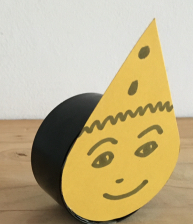 You can use the digital timer on a phone, or a wind-up kitchen timer which 'pings'. Egg-timers may be less effective as they do not make a noise when the time is up (and do not provide options and numbers to discuss).
You can use the digital timer on a phone, or a wind-up kitchen timer which 'pings'. Egg-timers may be less effective as they do not make a noise when the time is up (and do not provide options and numbers to discuss).
A number track or ruler of some kind is useful to refer to, for children to see how to write the numbers.
You can make a 'tocker' with a coffee jar lid, a lump of playdough or blutak, and a piece of card stuck on to provide a pointed 'handle', on which you can draw a face and hat. Pull the point so it is flat on the table and then release it: the lid should 'tock' several times to and fro before coming to rest. Use this time period to see how many things you can do. Or make tockers with different lids or amounts of playdough and set them off at the same time to see how long they keep tocking.
 You can use the digital timer on a phone, or a wind-up kitchen timer which 'pings'. Egg-timers may be less effective as they do not make a noise when the time is up (and do not provide options and numbers to discuss).
You can use the digital timer on a phone, or a wind-up kitchen timer which 'pings'. Egg-timers may be less effective as they do not make a noise when the time is up (and do not provide options and numbers to discuss).A number track or ruler of some kind is useful to refer to, for children to see how to write the numbers.
You can make a 'tocker' with a coffee jar lid, a lump of playdough or blutak, and a piece of card stuck on to provide a pointed 'handle', on which you can draw a face and hat. Pull the point so it is flat on the table and then release it: the lid should 'tock' several times to and fro before coming to rest. Use this time period to see how many things you can do. Or make tockers with different lids or amounts of playdough and set them off at the same time to see how long they keep tocking.
Download a PDF of this resource.
Acknowledgement: Penny Latham


